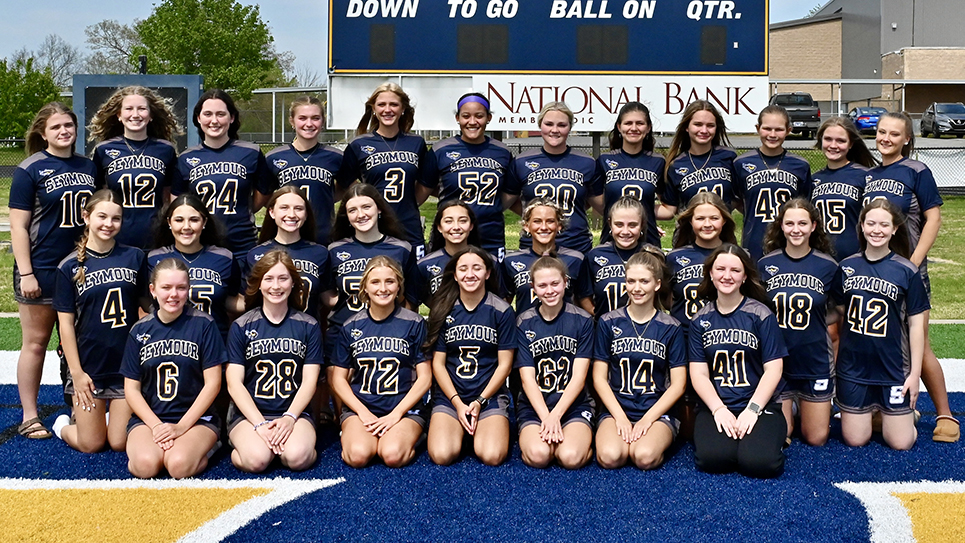By Jed McKeehan
Tennessee has the highest number of bankruptcies of any state in the country, so it might be useful to understand the differences between the two most common types of bankruptcies.
A Chapter 7 bankruptcy, or a straight bankruptcy, is where you are asking the courts to discharge your debts. Essentially, the debt is zeroed out. This is more likely the better option for anyone with little to no assets and maybe no job or steady source of income. The process takes place over a 3 to 5 month time period and wipes everything clean so the filer can start fresh.
Any non-exempt property sold due to the bankruptcy is distributed to creditors, so this may not be the preferred option for homeowners or property holders.
In a Chapter 13 bankruptcy, or a reorganization, you have to file a plan showing how you will pay off your past-due and current debt. It is essentially a repayment schedule over a 3-5 year period that will allow you pay back your creditors at a reduced rate. In almost all cases, you get to keep your home and your vehicle. This option is typically for people that make a little bit more money and have money coming in on a regular basis to make these payments.
To determine which option is best for your situation, or to begin the bankruptcy process, it is best to talk to an attorney with experience in this area.
Jedidiah McKeehan is an attorney practicing in Knox County and surrounding counties. He works in many areas, including criminal, personal injury, landlord-tenant, probate, and estate planning. Visit attorney-knoxville.com for more information about this legal issue and other legal issues.






